As the sacred month of Sawan approaches—beginning this year on July 11 and concluding on August 9—India prepares to witness one of its most spiritually charged spectacles: the Kanwar Yatra. What appears to many as a saffron sea of Shiva devotees walking barefoot along highways is, in reality, a journey of immense personal and religious significance. Every year, millions of devotees, known as Kanwariyas, take up this journey to collect water from the holy Ganges River and offer it at Shiva temples in their native regions.
The Kanwar Yatra is not merely a religious event; it is a living symbol of faith, endurance, sacrifice, and devotion to Lord Shiva. But what is less commonly known is that this pilgrimage takes shape in four distinct forms, each demanding a different level of commitment and physical endurance. These categories reflect the diversity of religious practice and the depth of personal devotion that define this ancient ritual.
A Divine Journey with Four Paths
Though all Kanwar Yatras culminate in Jalabhishek—the ritual of offering holy water to the Shiva Linga—the manner in which the water is carried, and the journey undertaken, differs drastically. Let’s explore the four major forms of the Kanwar Yatra:
Simple Kanwar Yatra: The Accessible Route for the Faithful
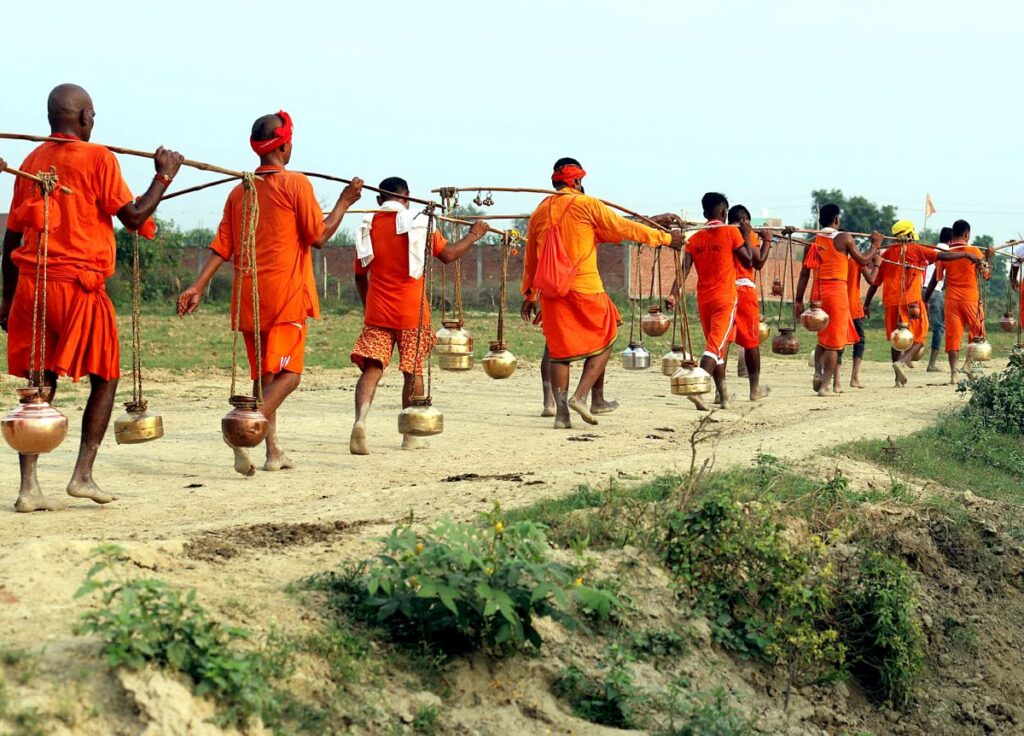
The Simple Kanwar Yatra is the most common and accessible form of this sacred journey. In this version, devotees are allowed to take rest during their travel. However, the golden rule remains unaltered: the Kanwar, the sacred bamboo pole carrying water, must never touch the ground.
To prevent this, special stands are used or the Kanwar is suspended from trees while resting. Families often accompany the pilgrims, and temporary camps or community kitchens provide rest, food, and medical assistance. This form is especially suitable for first-time pilgrims, elderly participants, or those who wish to take part in the Yatra without extreme physical exertion.
Dak Kanwar Yatra: A Marathon of Faith
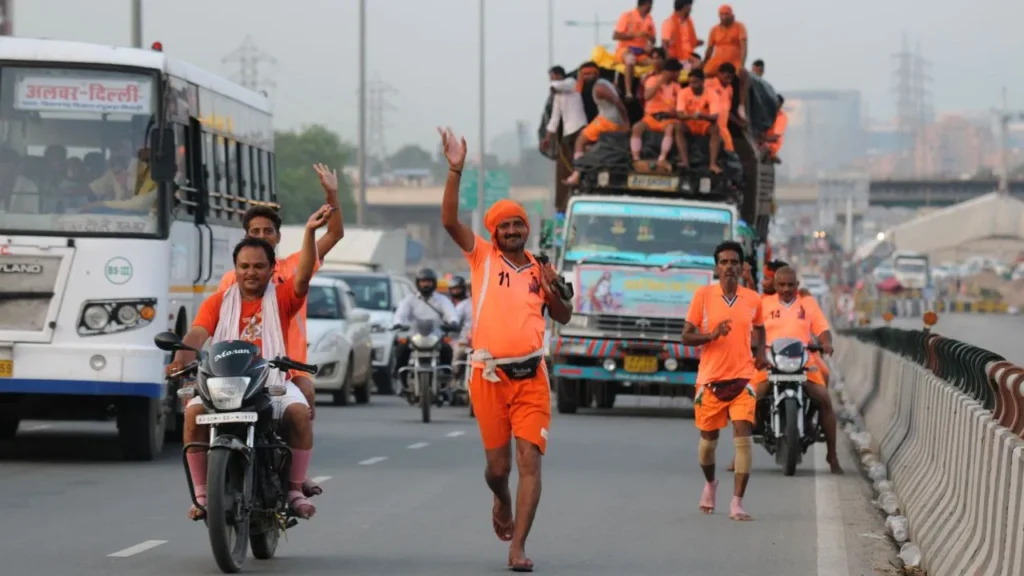
The Dak Kanwar, on the other hand, is considered one of the most intense versions of the Yatra. In this form, there are no breaks or rest periods. The devotee begins the journey and continues walking or even running, without stopping, until the sacred water is poured onto the Shiva Linga.
This type of Kanwar Yatra is often completed within a short time span—sometimes even within 24 hours—earning it the reputation of a spiritual sprint. The devotion and energy required for this Yatra are immense, and it is often undertaken by younger participants or groups of men in relay formations.
Khadi Kanwar Yatra: Balance and Discipline Personified
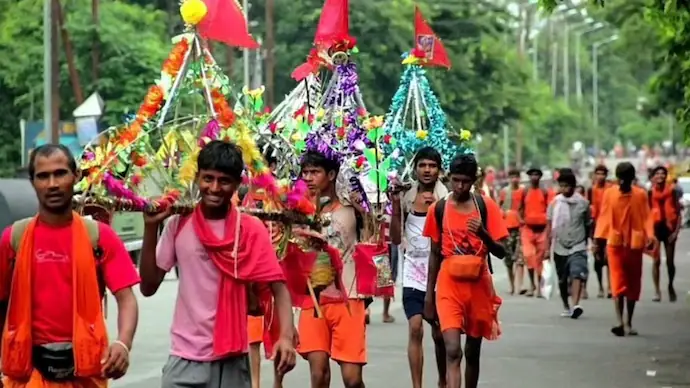
The Khadi Kanwar is unique for the way the Gangajal is transported. In this form, the Kanwar is kept in a vertical (standing) position throughout the journey. This requires not only strength but also tremendous balance and patience. The standing Kanwar is symbolic of the devotee’s spiritual uprightness and discipline.
Typically, a helper or companion accompanies the pilgrim, assisting with balance and coordination. This journey may not be as fast as the Dak Kanwar, but it demands an unshakeable mental focus and physical endurance
Dandi Kanwar Yatra: The Ultimate Test of Devotion
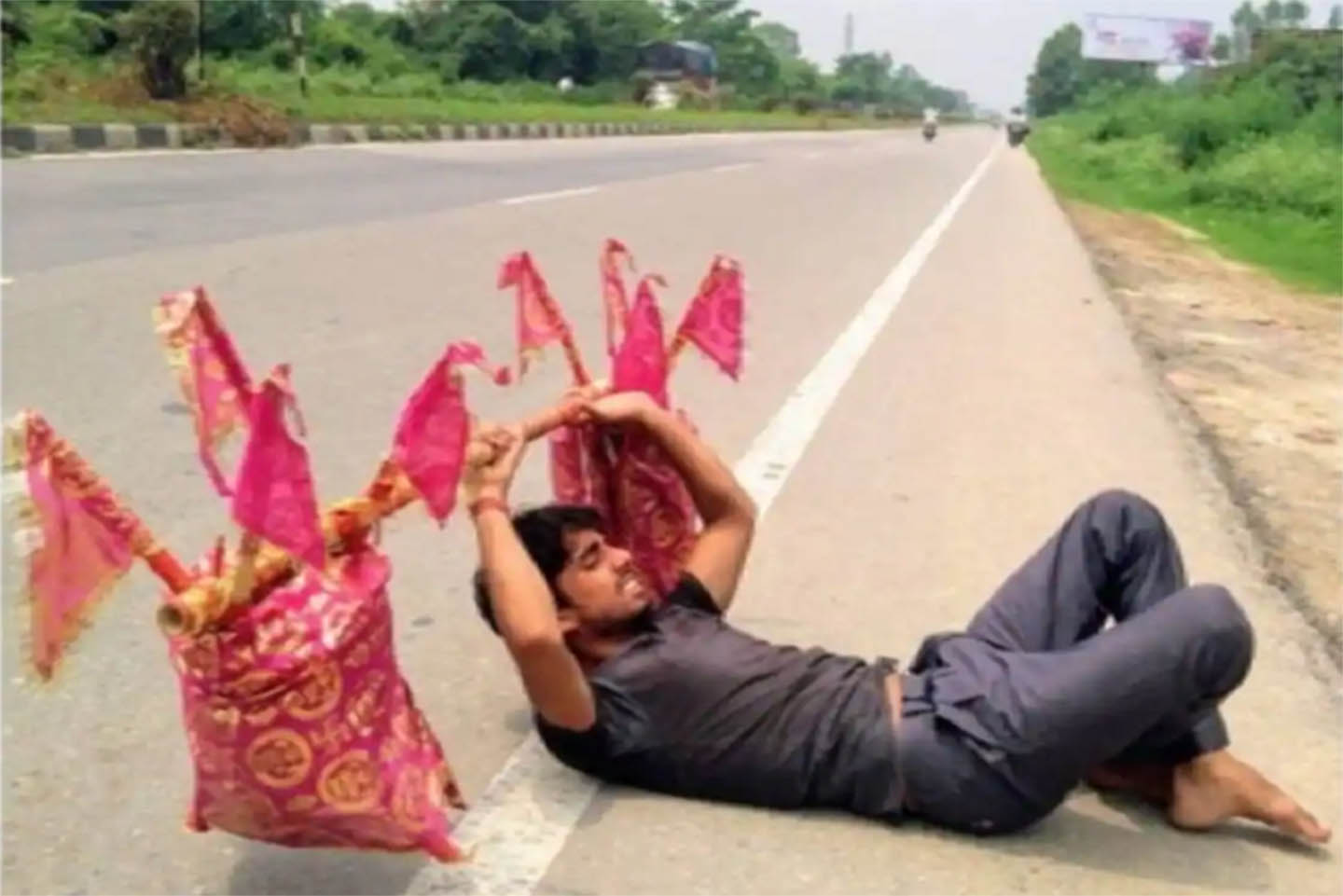
At the peak of physical and spiritual difficulty lies the Dandi Kanwar Yatra. In this path, the devotee performs a full-body prostration (dand baithak or dandvat pranam) after every single step taken toward the destination. Imagine bowing down to the ground and rising again, for hundreds of kilometers—this journey can take nearly a month to complete.
Only a handful of devotees attempt this arduous form of worship each year. It demands extreme mental strength, spiritual resolve, and unmatched physical stamina. Those who undertake the Dandi Kanwar are often seen as the most dedicated among Shiva’s devotees.
Mythological Roots of the Yatra
The tradition of the Kanwar Yatra finds its roots in ancient Hindu mythology. According to legend, during the churning of the ocean (Samudra Manthan), a deadly poison known as Halahal emerged. Lord Shiva consumed it to save the universe, which turned his throat blue, earning him the name Neelkanth.
To reduce the burning effect of the poison, the gods and devotees began offering holy Ganga water on the Shiv Linga. This symbolic gesture evolved into the Kanwar Yatra—where millions offer Gangajal to Lord Shiva during Sawan in remembrance of his cosmic sacrifice.
A Movement of Faith and Unity
What sets the Kanwar Yatra apart is not only its religious importance but also the sense of community and unity it fosters. Roads are cleared for Kanwariyas, makeshift shelters and medical camps are set up, and locals often offer free food and water to passing pilgrims.
In recent years, several states have started deploying massive logistical and security arrangements to ensure a smooth Yatra, highlighting its national significance.
A Journey Beyond the Physical
As Sawan 2025 approaches, preparations are already underway in pilgrimage centers like Haridwar, Sultanganj, Gaumukh, and Gangotri, where the Yatra begins. Whether one chooses the straightforward path or the most grueling route, each step taken during the Kanwar Yatra is a testament to personal devotion and a tribute to Lord Shiva’s eternal grace.
Ultimately, the Kanwar Yatra is not just a journey to a temple—it is a spiritual transformation, where the body tires but the soul soars.







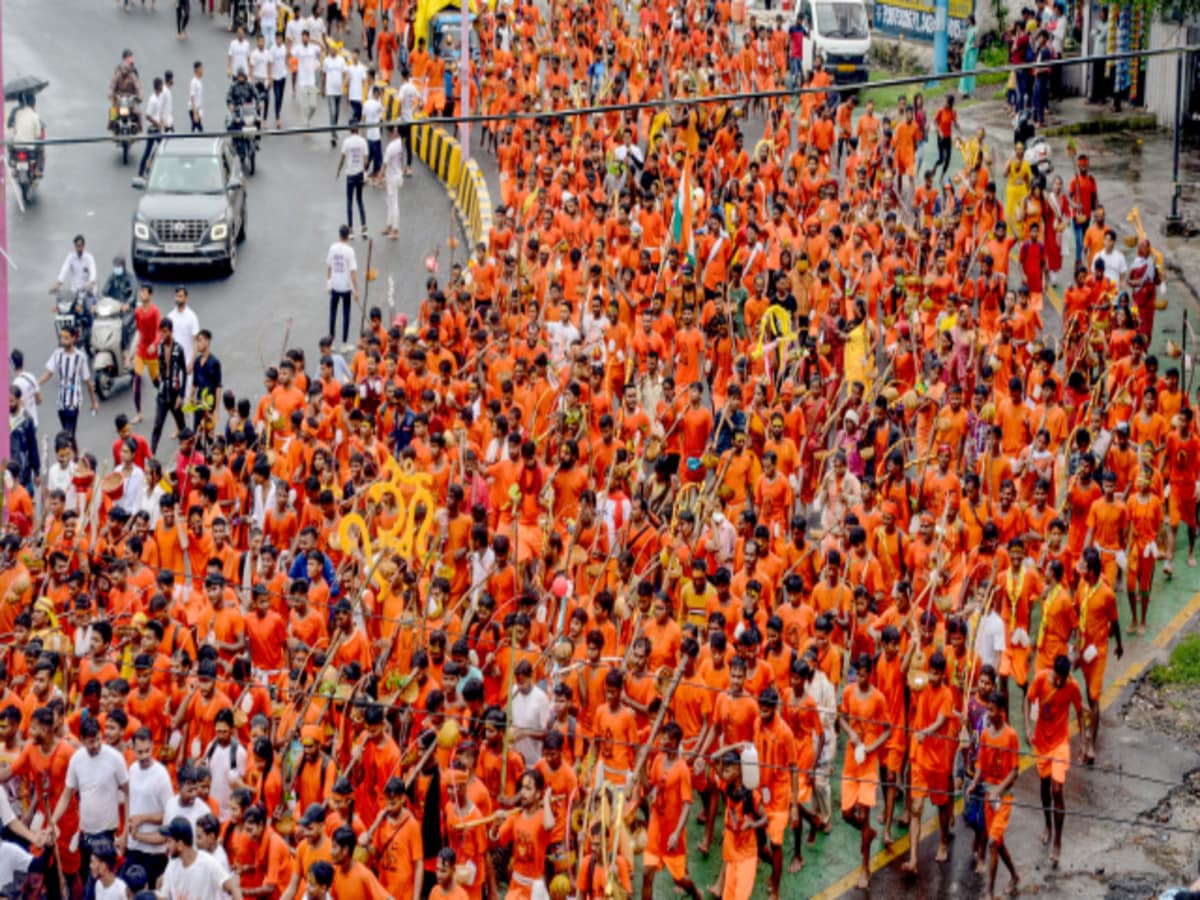


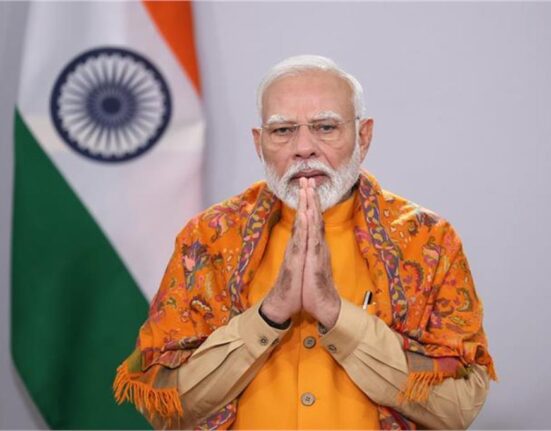

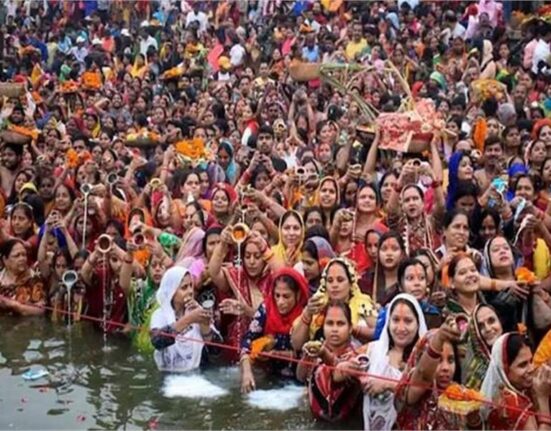

Leave feedback about this